
Book Review: Introduction to Space Syntax in Urban Studies

“Introduction to Space Syntax in Urban Studies” by Akkelies van Nes and Claudia Yamu is a comprehensive guide to understanding and applying space syntax in urban planning and design. Published in 2021, this book is invaluable for students, researchers, and practitioners in urban studies, providing both theoretical insights and practical applications.
The book starts with the fundamental concepts of space syntax, explaining how spatial configurations influence social, economic, and environmental dynamics in urban areas. It covers various analytical techniques, including axial line analysis, segment analysis, and visibility graph analysis, essential for understanding urban spatial structures. Practical applications are demonstrated through case studies, showing how space syntax can be used to analyze pedestrian movement, crime patterns, and commercial activity distribution. The authors also explore the integration of space syntax with other urban theories and methodologies and discuss emerging trends and future research directions.
1. Introduction: Pioneering Insights into Urban Analysis
“Introduction to Space Syntax in Urban Studies” by Akkelies van Nes and Claudia Yamu represents a seminal contribution to urban analysis. This review critically examines the book’s fundamental concepts, methodologies, and its significant impact on the field. At its core, the book investigates spatial configurations and their profound effects on social behaviors, thereby reshaping contemporary urban design and enhancing our comprehension of urban dynamics.
The book is distinguished by its interdisciplinary approach, integrating perspectives from geography, sociology, and architecture. This amalgamation forms a comprehensive framework for analyzing urban spaces, showcasing the versatility of space syntax across various contexts.
A primary objective of the book is to elucidate the foundational principles of the space syntax method. Van Nes and Yamu apply this method to diverse scales of the built environment, ranging from individual buildings and streets to entire metropolitan areas. Their configurative analyses reveal how urban phenomena can be interpreted through the socioeconomic behaviors of inhabitants.
By emphasizing the spatial dimensions of urban life, van Nes and Yamu challenge conventional urban planning paradigms. Their research paves the way for novel inquiries into the complex relationship between spatial layout and social interaction, providing valuable insights for both researchers and urban design practitioners
Source: author
2. Historical Context and Theoretical Framework
“Introduction to Space Syntax in Urban Studies” emerged during a period of growing interest in spatial analysis within urban studies. Writing in the early 21st century, van Nes and Yamu sought to build upon the foundational work of pioneers such as Bill Hillier and Julienne Hanson, expanding the application of space syntax theory to a broader range of urban contexts.
The authors’ theoretical framework leverages graph theory and network analysis to conceptualize the city as a complex system of interconnected spaces that influence social interactions. By contextualizing their work within the broader discourse of urban studies, they demonstrate how their approach represents an evolution of earlier theories, providing new insights into the spatial dynamics of urban environments.
The early 21st century saw a growing recognition of the crucial role of spatial configuration in shaping urban life. This led to the development and refinement of tools like space syntax, which allow for a more nuanced analysis of how spatial arrangements affect human behavior and urban development. Van Nes and Yamu’s contributions underscore the importance of these tools in understanding and planning more effective and livable urban spaces.
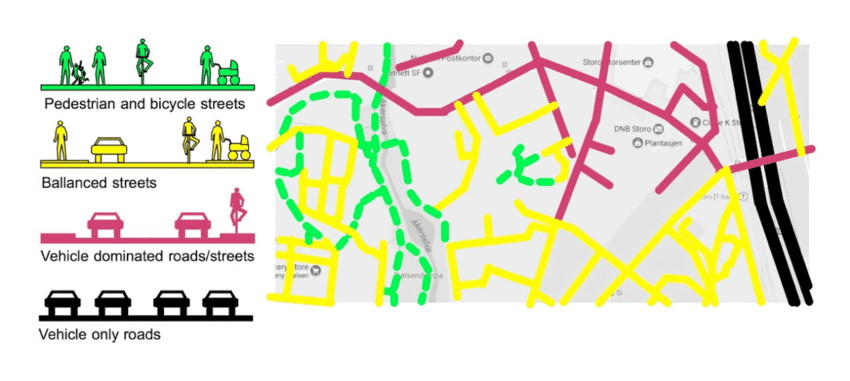
Source: Website Link
3.Theoretical Foundations and Methodological Approach
Space Syntax theory, developed by Bill Hillier and Julienne Hanson, asserts that spatial configurations shape human behavior and social interactions in urban environments. The theory employs graph theory and mathematical models to analyze spatial connectivity and integration. Key concepts include:
- Connectivity: Measures the direct connections of a space to its immediate neighbors.
- Integration: Indicates how easily a space can be reached from all other spaces in the system, reflecting its centrality.
- Depth: Represents the number of steps needed to travel from one space to another.
These measures are essential for understanding how spatial layouts can facilitate or hinder movement and interaction. The methodological approach involves collecting spatial data, constructing graphs of spatial configurations, calculating syntactic measures, and interpreting the results to understand the impact of spatial layouts on social and economic activities.
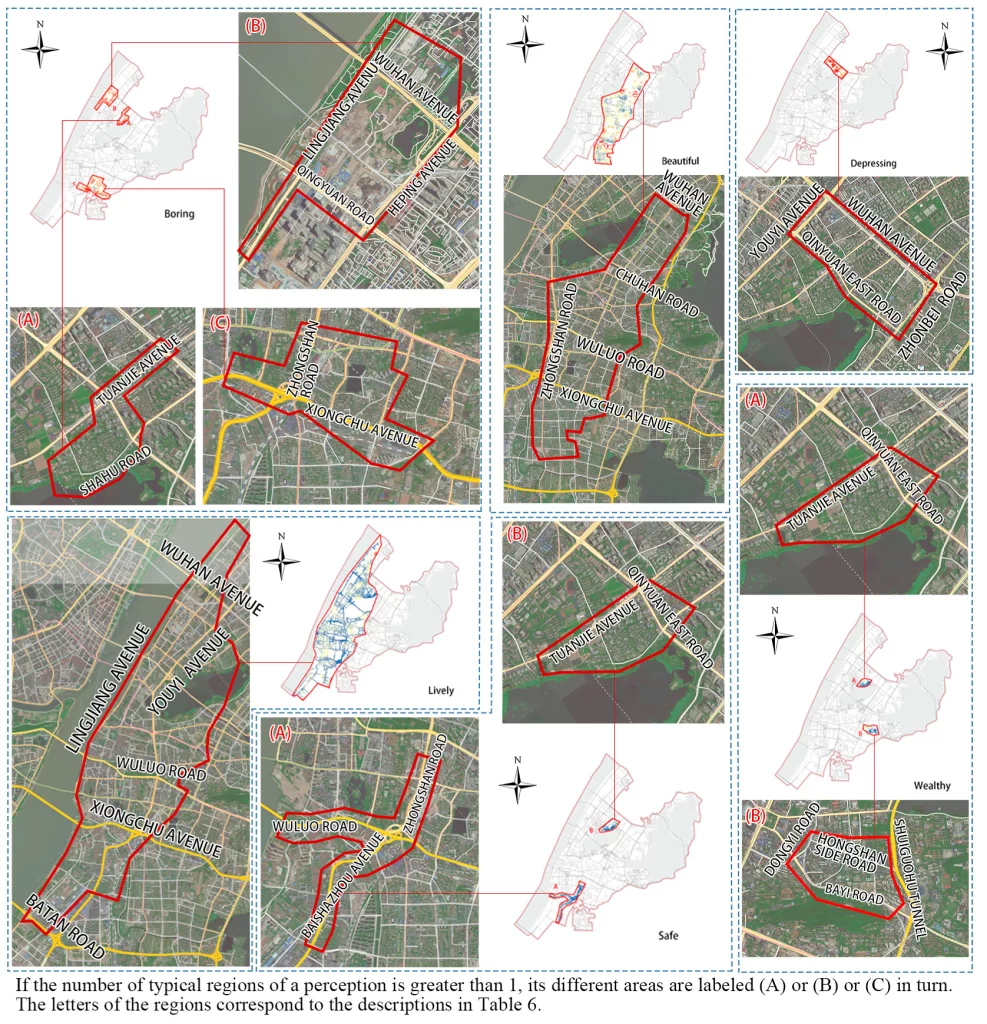
Source: Website Link
4-Key Concepts and Applications
Van Nes and Yamu explore critical Space Syntax concepts such as axial maps, segment maps, and visibility graph analysis (VGA). Axial maps represent the longest lines of sight and movement, segment maps break these lines into smaller segments for detailed connectivity analysis, and VGA examines visibility connections to understand pedestrian movement and wayfinding. The book demonstrates the applicability of Space Syntax in various fields:
- Urban Planning: Designing accessible and integrated urban layouts.
- Architecture: Optimizing building spatial configurations for better functionality.
- Transport Planning: Improving pedestrian and vehicular movement within cities.
- Crime Analysis: Investigating the relationship between spatial configurations and crime hotspots.
- Retail Analysis: Understanding the impact of spatial layouts on consumer behavior and retail performance
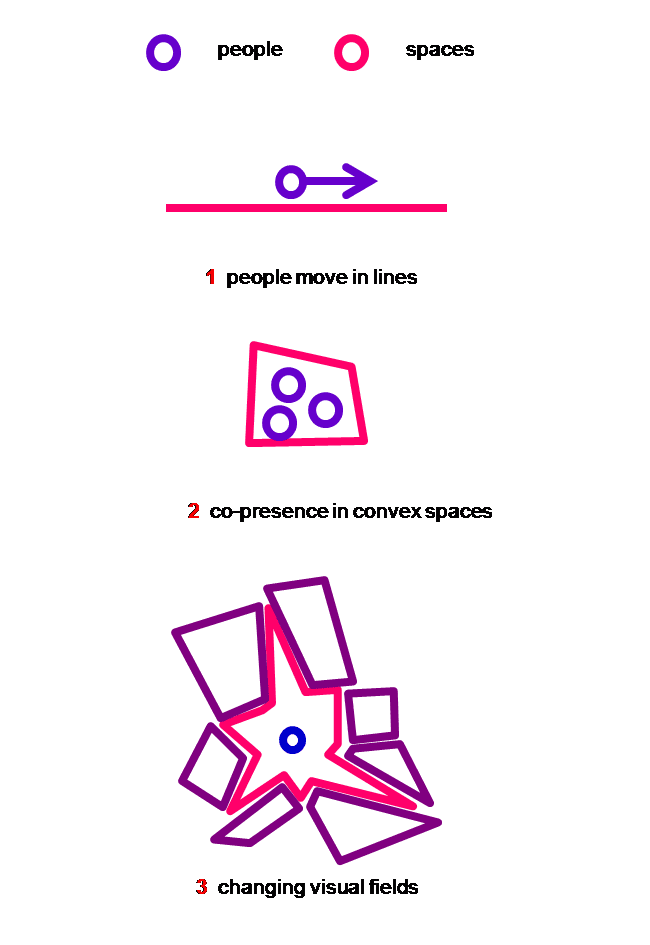
Source: Website Link
5. Methodological Approach and Analytical Techniques
Van Nes and Yamu utilize axial mapping and visibility graph analysis to study urban spatial structures and their influence on social interactions. Their advanced analytical techniques challenge traditional urban analysis methods that often overlook spatial relationships. The authors advocate for a nuanced understanding of how spatial configurations influence human behavior, inspiring researchers to develop more sophisticated methods for urban analysis.
Their approach promotes a dynamic and flexible view of spatial analysis, emphasizing the importance of spatial aspects in social behavior. Van Nes and Yamu’s work has significantly influenced urban regeneration and planning, advocating for a contextually and historically informed approach to urban design that considers the evolving spatial dynamics of cities.
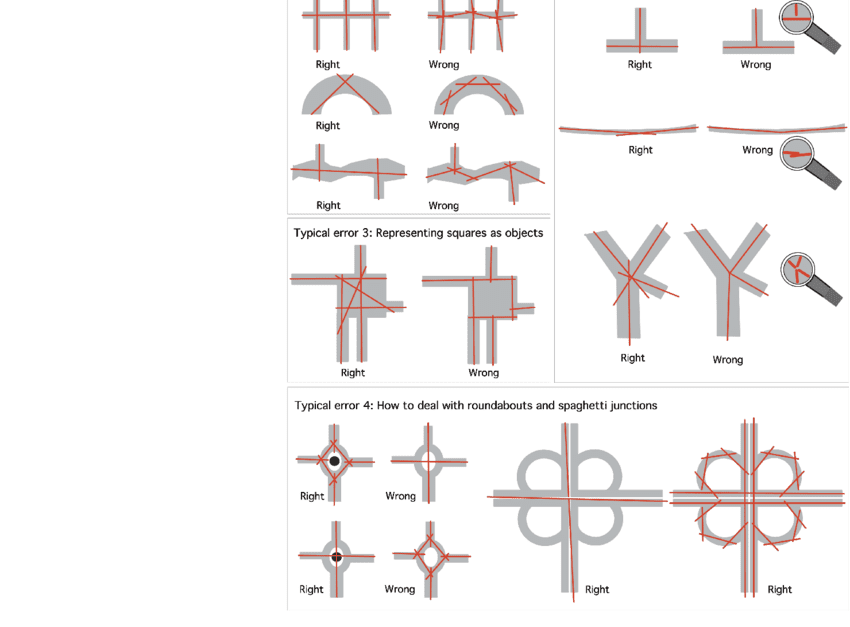
Source: Website Link
6. The City as a Spatial and Social System
1. Spatial and Social Interactions: Van Nes and Yamu highlight the interplay between spatial configurations and social interactions, arguing that the spatial layout of cities influences how people move, interact, and engage with their environment.
2. Implications for Urban Design: This perspective has significant implications for urban design, suggesting that designers should consider the spatial and social dimensions of urban spaces. The authors advocate for a holistic approach to urban planning that takes into account the complex relationships between spatial layout and social behavior.
3. Enhancing Urban Livability: By framing the city as a spatial and social system, van Nes and Yamu emphasize the importance of designing urban spaces that promote social interaction and enhance the livability of cities. Their work encourages a more integrated approach to urban design that considers both physical and social factors.
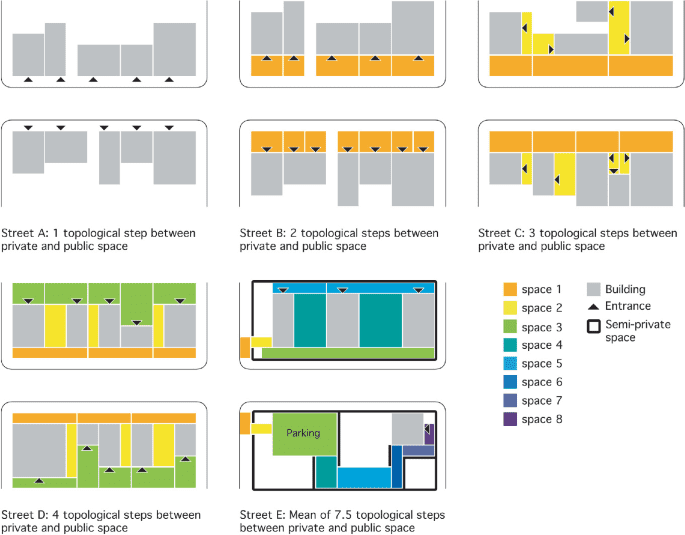
Source: author
7.Critique of Modern Urban Planning
In “Introduction to Space Syntax in Urban Studies,” van Nes and Yamu critique the prevalent functionalist planning practices, advocating instead for a spatially informed approach to urban design.
1. Functionalist Planning Critique: The authors argue that functionalist planning, which prioritizes efficiency over spatial relationships, often leads to lifeless and disconnected urban environments.
2. Value of Spatial Analysis: They emphasize that incorporating spatial analysis is crucial for developing vibrant and livable cities.
3. Contextual and Historical Awareness: Van Nes and Yamu advocate for planning that respects the spatial dynamics and historical context of urban areas, essential for promoting social interaction and community cohesion.
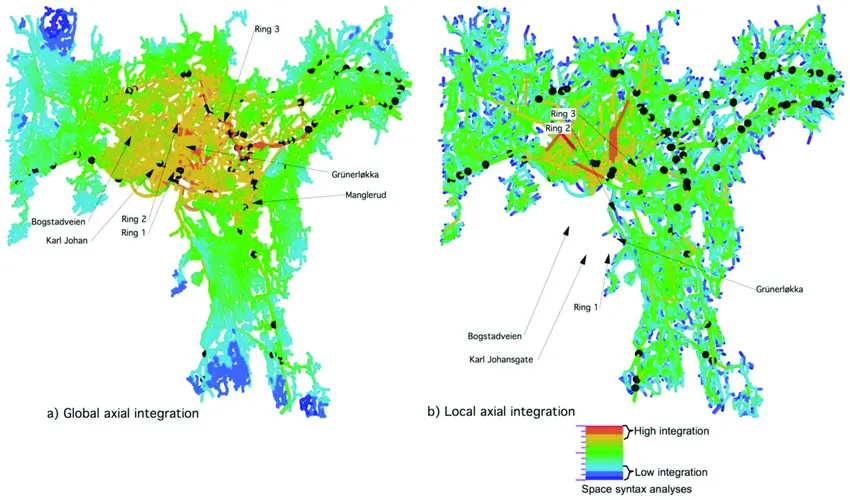
Source: Website Link
8. The Concept of Spatial Configuration
Van Nes and Yamu introduce the concept of spatial configuration as a key methodological tool for understanding and designing urban spaces. This section explores how the authors develop this concept and its potential applications in urban design.
1. Definition of Spatial Configuration: The authors define spatial configuration as the arrangement and connectivity of spaces within an urban environment. They argue that spatial configuration plays a crucial role in shaping movement patterns, social interactions, and the overall functioning of cities.
2. Theoretical Implications: The review discusses the theoretical implications of spatial configuration, highlighting how this concept provides a new lens for understanding the spatial dynamics of cities. The authors develop their concept by drawing on various theoretical frameworks, including graph theory and network analysis.
3. Applications in Urban Design: Van Nes and Yamu illustrate how spatial configuration can be applied to create more functional and meaningful urban environments. They provide examples of how spatial analysis can inform the design of street networks, public spaces, and building layouts.
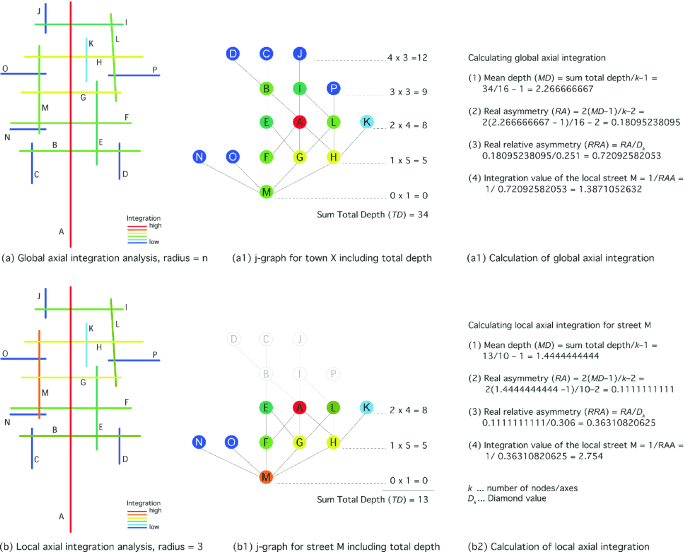
Source: Website Link
9. Methodology and Writing Style
Methodological Approach
Van Nes and Yamu’s “Introduction to Space Syntax in Urban Studies” integrates theoretical analysis with empirical research and practical applications to comprehensively explore urban spatial dynamics. Their approach combines diverse methodologies, establishing a robust framework for understanding spatial structures in cities.
Employing rigorous analytical techniques, the authors merge theoretical insights with empirical data to analyze spatial configurations and their social behavioral implications. This method ensures a thorough examination of urban spatial phenomena, contributing to a deeper understanding of the subject matter.
Writing Style
In addition to their methodological rigor, van Nes and Yamu employ a clear and engaging writing style that enhances accessibility. They adeptly present complex theoretical concepts, making them understandable across different levels of familiarity with space syntax and urban studies. Practical examples and case studies further elucidate their arguments, demonstrating the real-world applicability of their findings.
This balanced approach of clarity and practical illustration ensures that “Introduction to Space Syntax in Urban Studies” is both informative and approachable, catering to students, researchers, and practitioners interested in urban spatial analysis.
10.Impact and Legacy
Van Nes and Yamu’s work has had a profound impact on the field of urban studies and spatial analysis. This section assesses the legacy of “Introduction to Space Syntax in Urban Studies,” discussing how subsequent researchers and practitioners have adopted, critiqued, and developed its ideas.
1. Influence on Spatial Analysis: The book has significantly influenced the field of spatial analysis, inspiring researchers to develop more sophisticated methods for studying the spatial dimensions of urban life. Van Nes and Yamu’s work has been particularly influential in promoting the use of space syntax in urban studies.
2. Impact on Urban Design and Planning: The authors’ emphasis on the importance of spatial configurations has also influenced contemporary urban design and planning practices. Their work has encouraged designers and planners to consider the spatial dimensions of urban environments in their work.
3. Critiques and Revisions: While van Nes and Yamu’s work has been widely influential, it has also faced critiques and revisions. Some critics have argued that their focus on spatial configurations may overlook other important factors in urban development, such as economic and social dynamics.
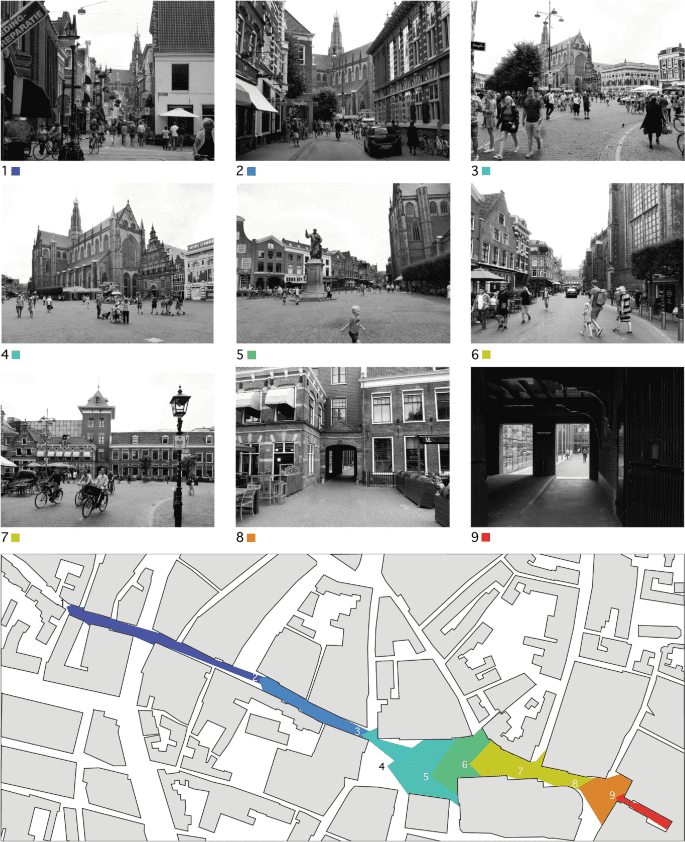
Source: Website Link
Conclusion
“Introduction to Space Syntax in Urban Studies” remains a foundational text in urban analysis, offering valuable insights into the spatial dimensions of urban life. Van Nes and Yamu’s nuanced understanding of spatial configurations and their impact on social behavior has left a lasting mark on urban studies and design. While some aspects of their work may have been challenged or refined by subsequent research, the core of their vision—the importance of spatial relationships in shaping urban life—retains its power and relevance.
As we continue to grapple with the challenges of urbanization in the 21st century, van Nes and Yamu’s work offers essential methodological approaches and theoretical insights for understanding and shaping our cities. Looking ahead, the principles outlined in this book could inform innovative urban planning strategies, particularly in creating sustainable and resilient cities. The integration of space syntax into modern urban design curricula ensures that future generations of urban planners and architects will be equipped with the tools necessary to analyze and enhance the built environment, ultimately contributing to more livable and socially cohesive urban spaces.
References
- Hillier, B. (1996). Space is the machine: A configurational theory of architecture. Cambridge: Cambridge University Press.
- Hillier, B., & Hanson, J. (1984). The social logic of space. Cambridge: Cambridge University Press.
- Hillier, B., & Shu, C. F. (2000). Crime and urban layout: The need for evidence. In Secure foundations: Key issues in crime prevention.
- Yamu, C., van Nes, A., & Garau, C. (2021). Bill Hillier’s legacy: space syntax—a synopsis of basic concepts, measures, and empirical application. Sustainability, 13(6), 3394. https://doi.org/10.3390/su13063394

Afnan Mohsin
About the Author
Afnan Mohsin is an author holding a Bachelor’s degree in Architecture and a Master’s degree in Urban Design from the University of Technology. With a profound interest in contemporary tools and sustainable design, she leverages her extensive academic background and professional expertise to advance innovative solutions in urban development. Her work emphasizes the integration of modern methodologies with sustainable practices, contributing to the creation of resilient and dynamic urban environments.
Related articles


Architecture Professional Degree Delisting: Explained
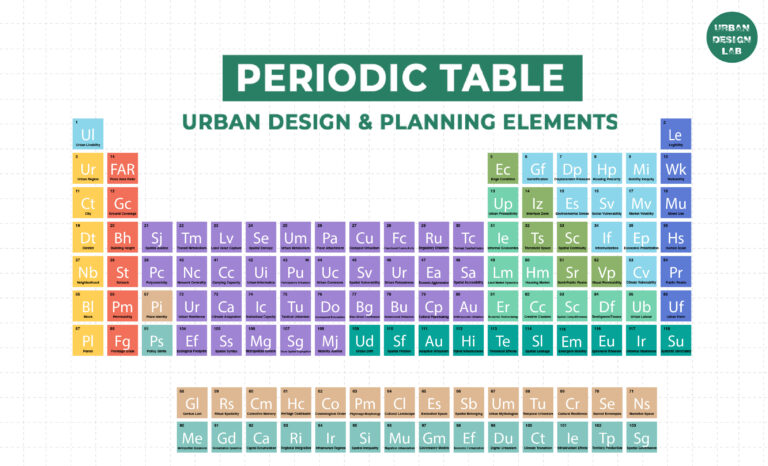
Periodic Table for Urban Design and Planning Elements
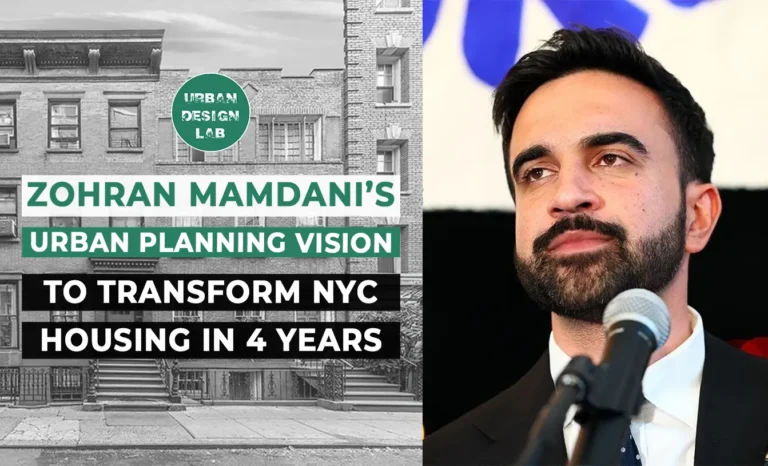
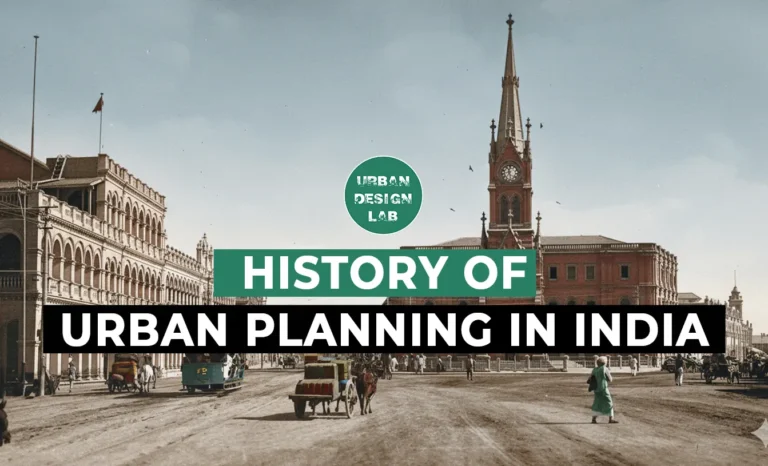
History of Urban Planning in India
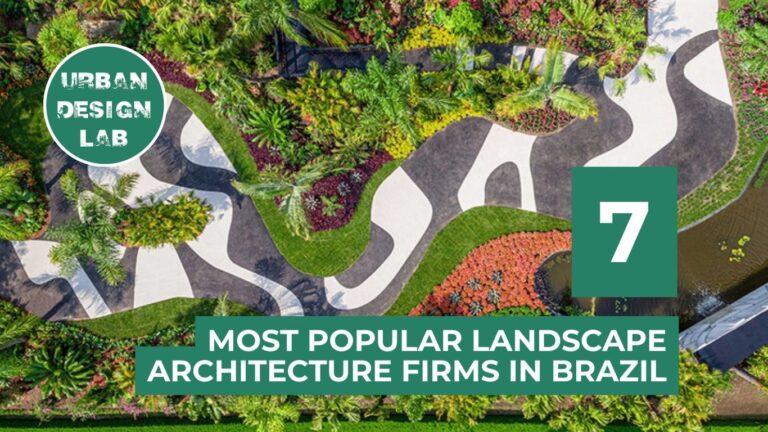
Top 7 Landscape Architecture Firms in Brazil You Should Know
UDL Illustrator
Masterclass
Visualising Urban and Architecture Diagrams
Session Dates
17th-18th January 2026

Urban Design Lab
Be the part of our Network
Stay updated on workshops, design tools, and calls for collaboration
Curating the best graduate thesis project globally!

Free E-Book
From thesis to Portfolio
A Guide to Convert Academic Work into a Professional Portfolio”
Recent Posts
- Article Posted:
- Article Posted:
- Article Posted:
- Article Posted:
- Article Posted:
- Article Posted:
- Article Posted:
- Article Posted:
- Article Posted:
- Article Posted:
- Article Posted:
- Article Posted:
- Article Posted:
Sign up for our Newsletter
“Let’s explore the new avenues of Urban environment together “



























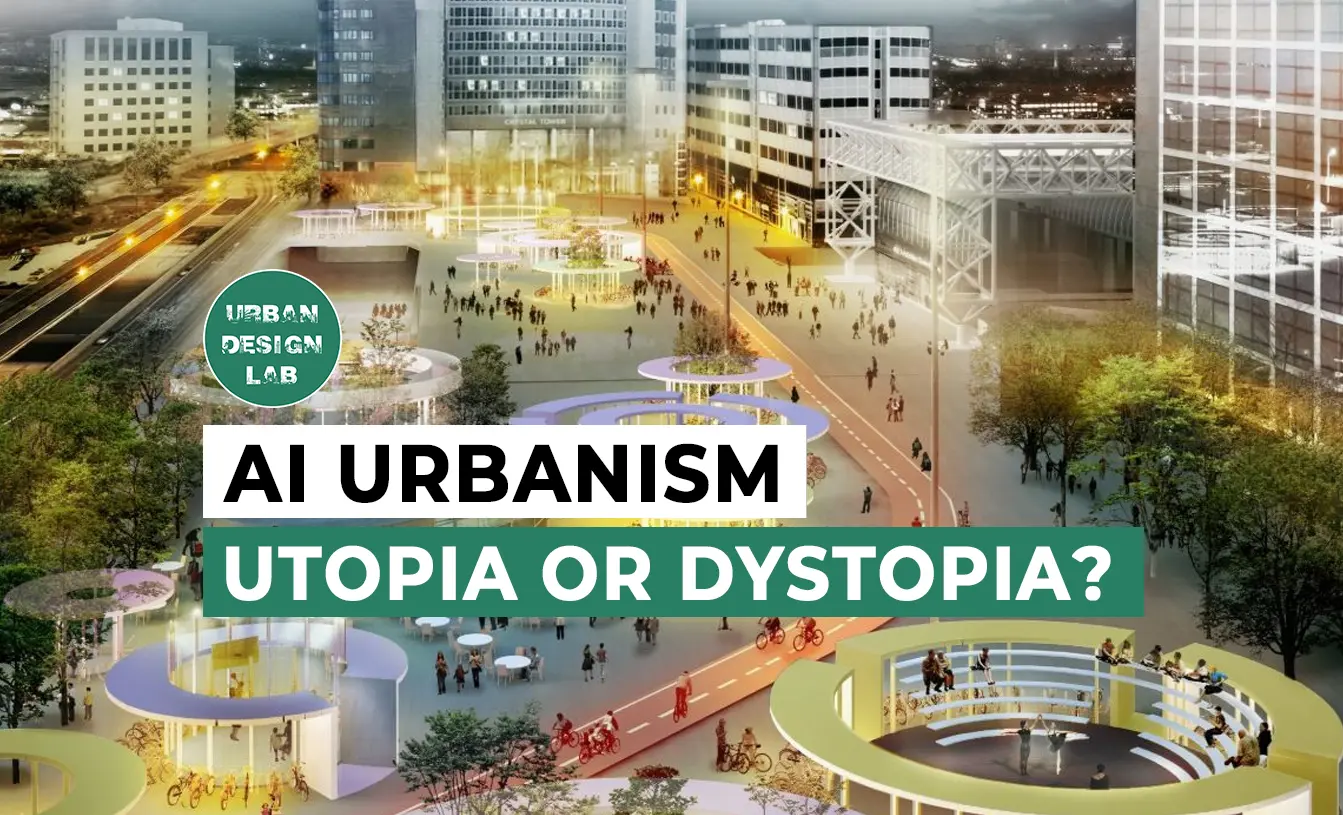
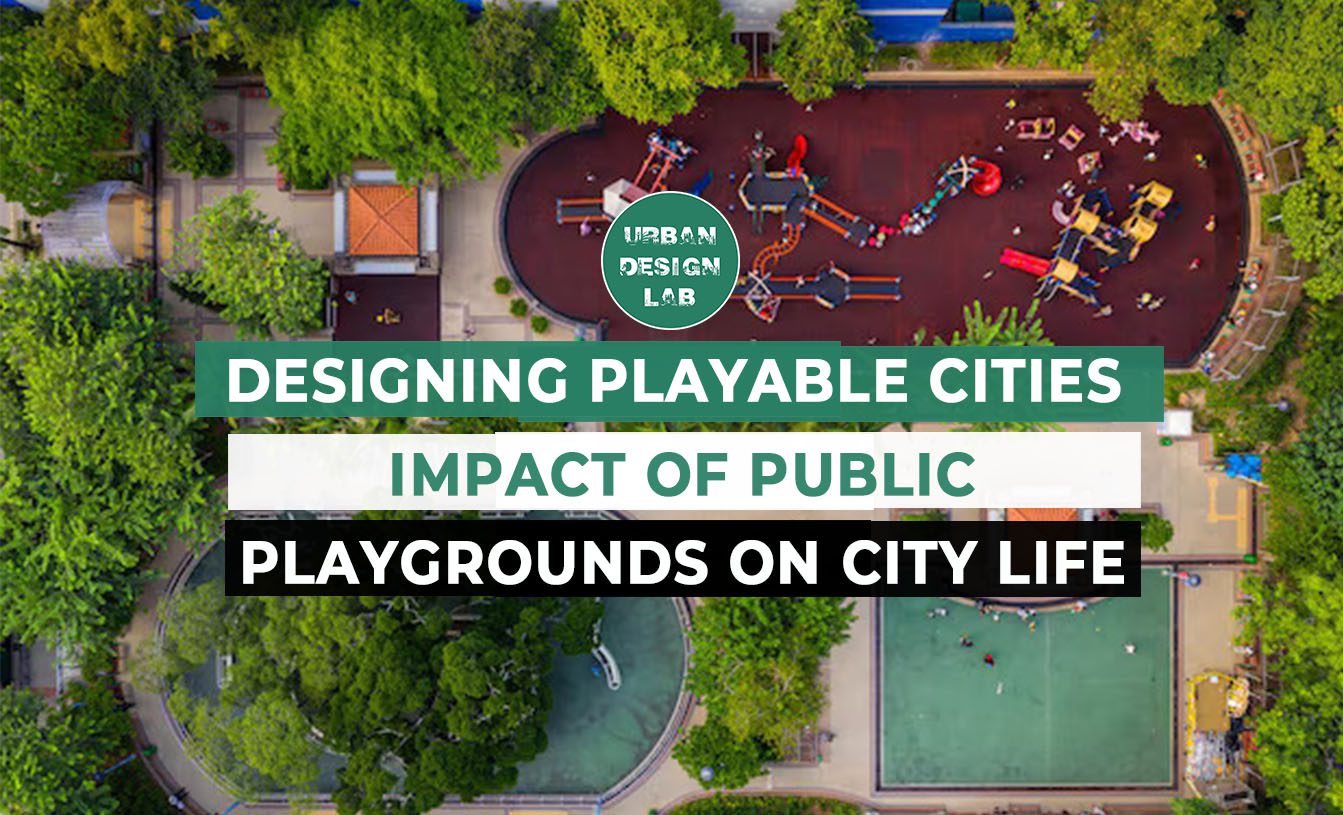
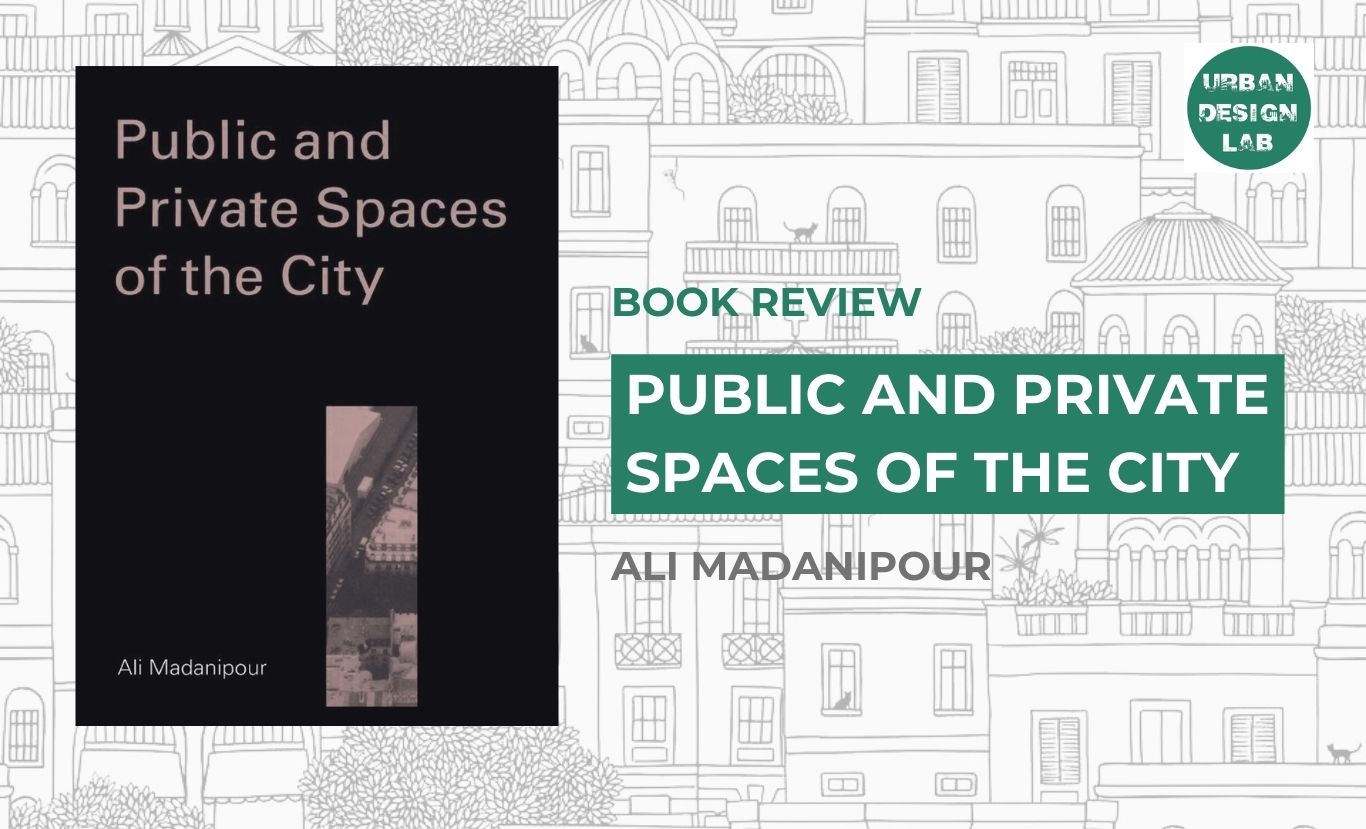

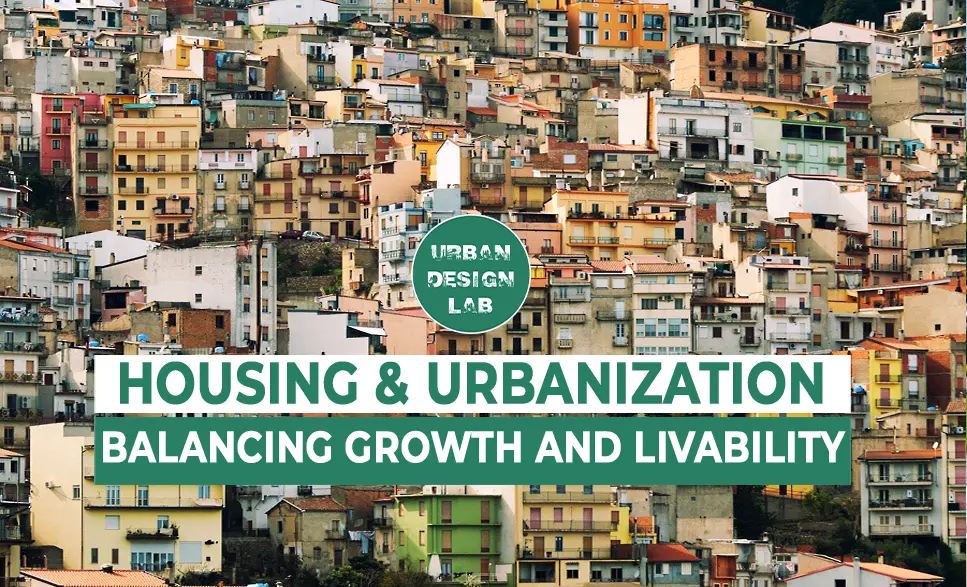

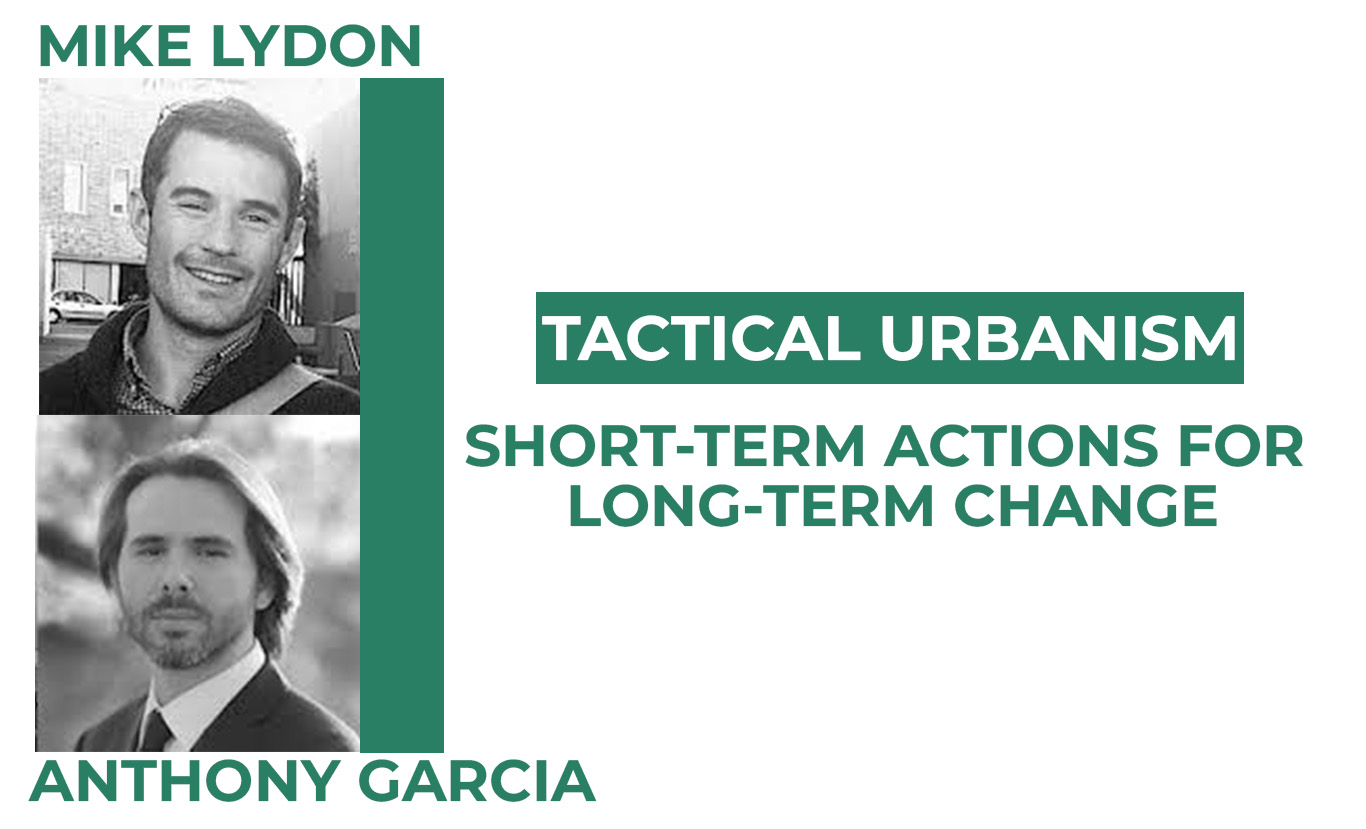


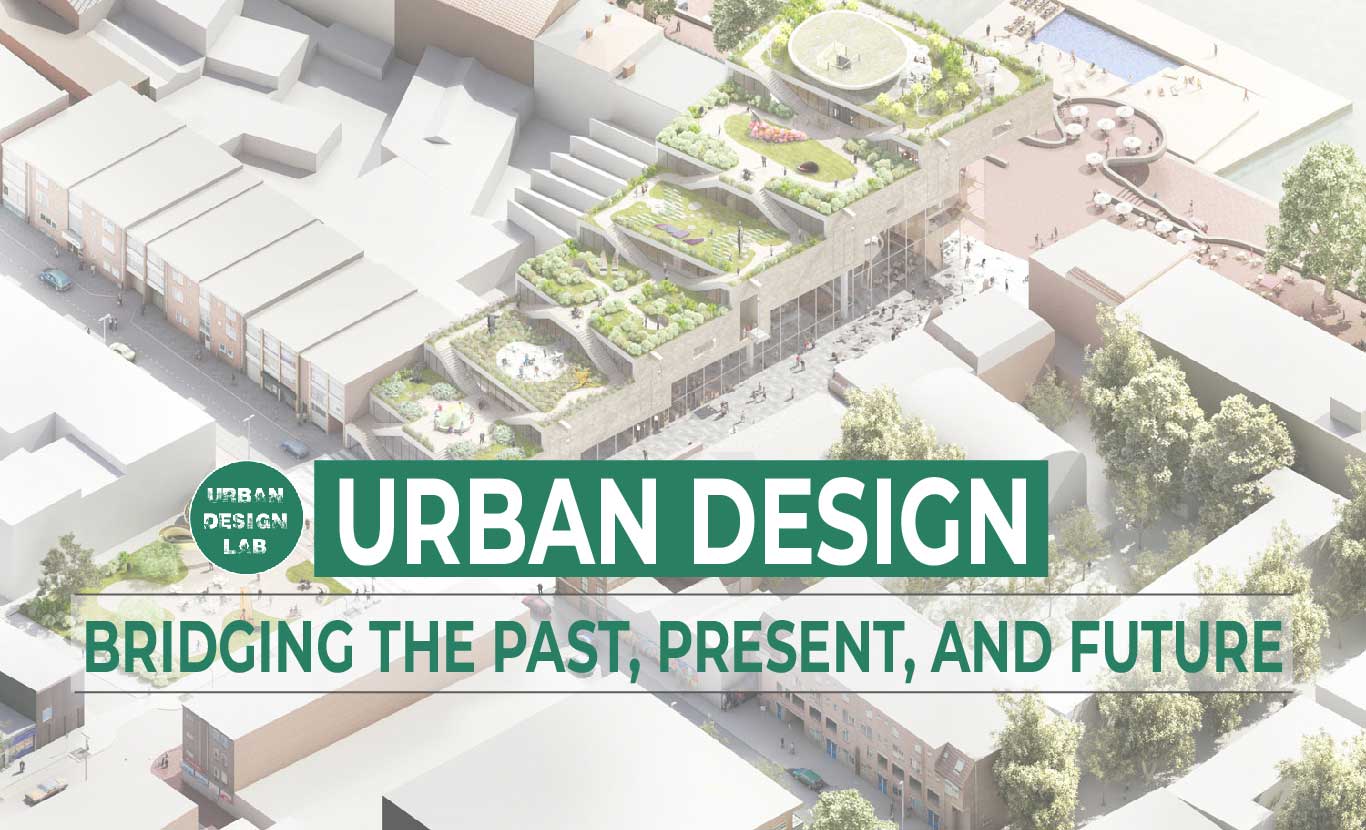
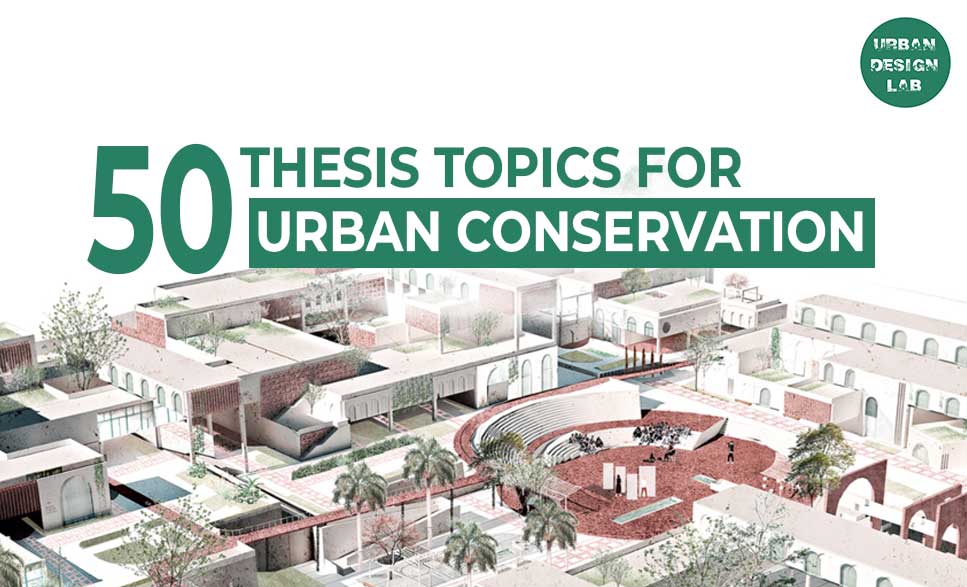
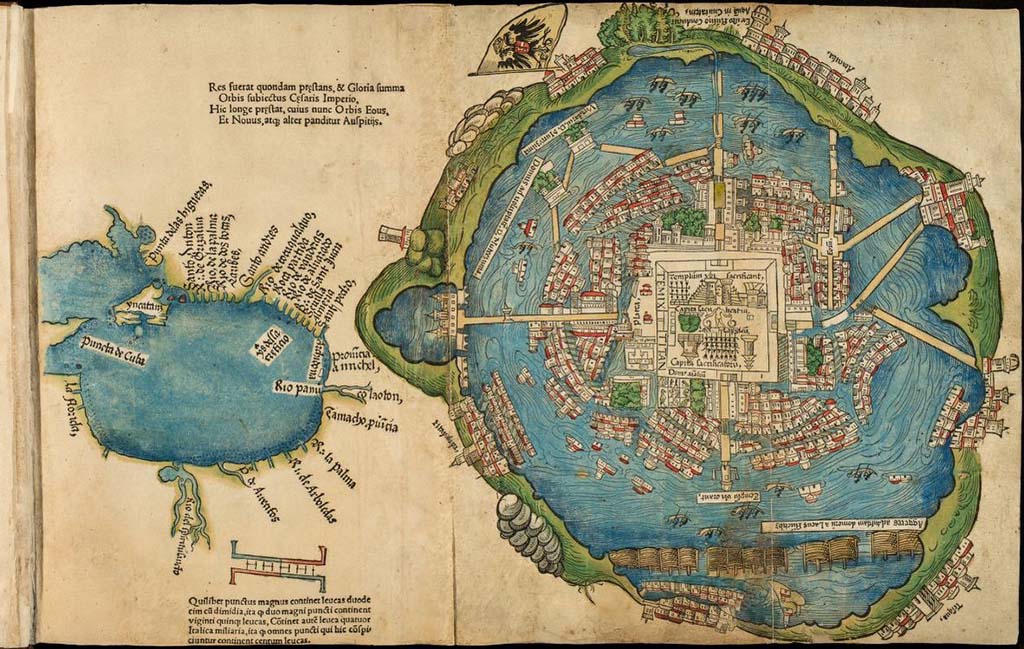
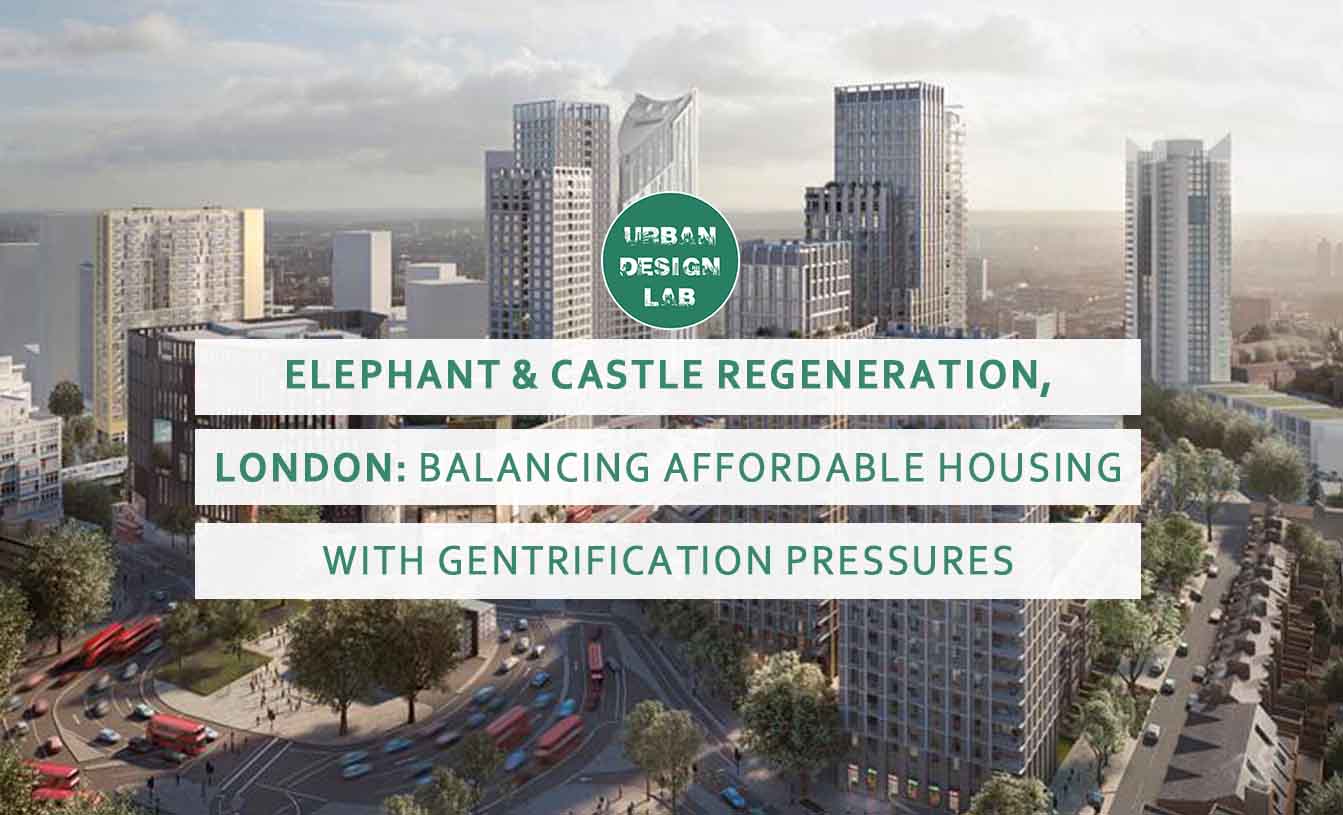




One Comment
Good